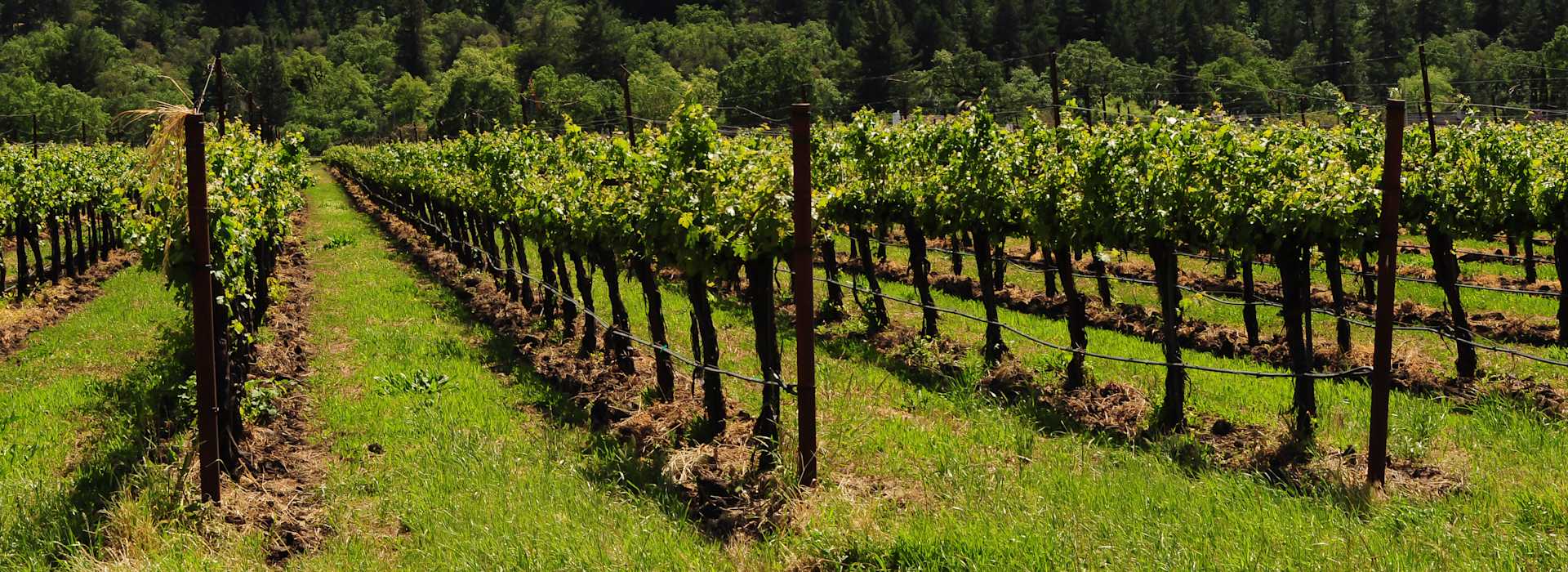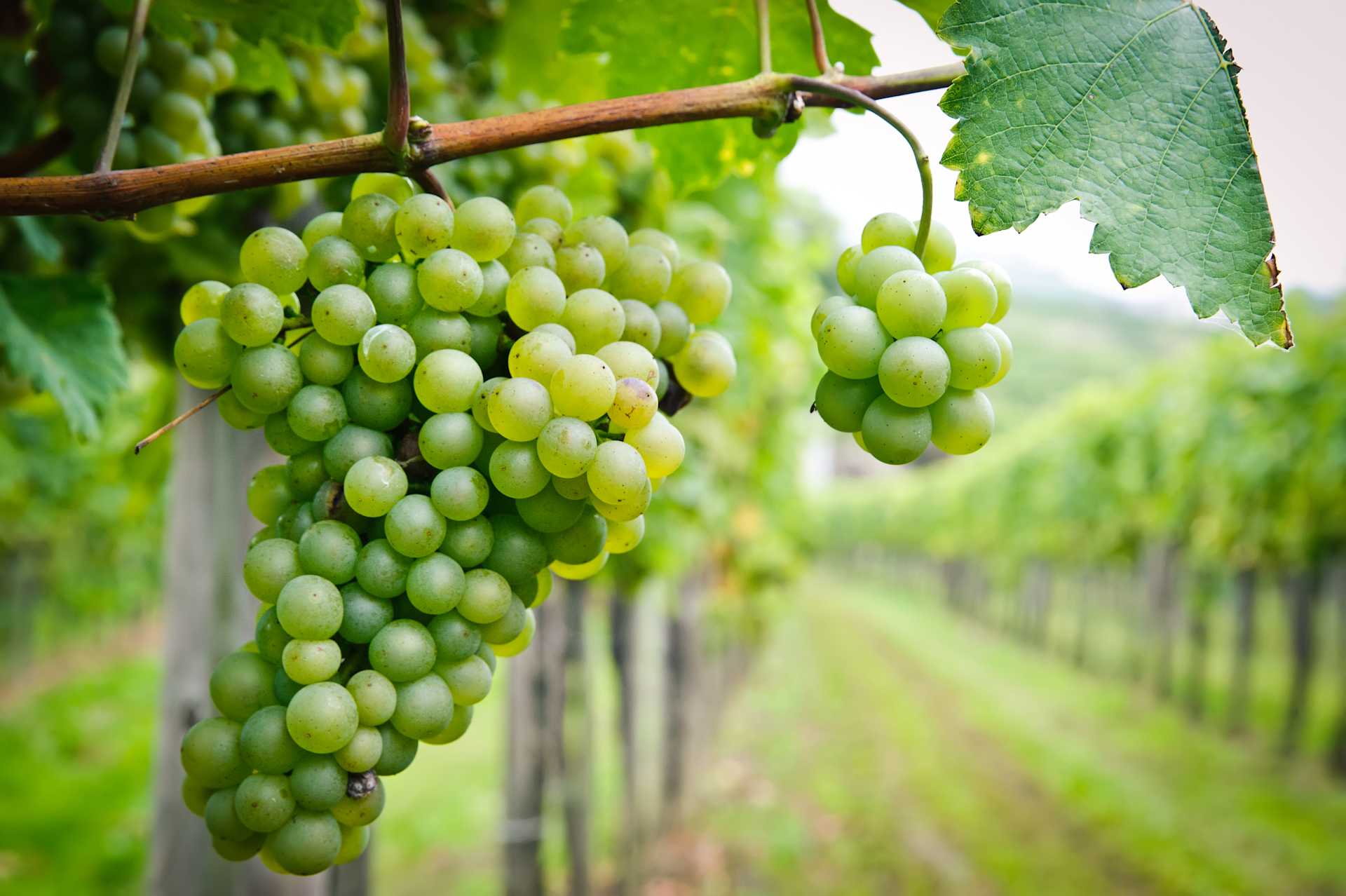Moulin Touchais Coteaux du Layon 1994
- Vinous
-
Wine
Spectator



Product Details
Your Rating
Somm Note
Winemaker Notes
Professional Ratings
-
Vinous
The 1994 Coteau du Layon offers an intriguing range of sweet tobacco, dried flowers, candied orange peel and earthy notes. Time in bottle has given the 1994 notable complexity, but it also retains a palpable sense of firmness that differentiates it from the lusher 1997 taste alongside it. Even though the 1994 has the depth and character of a 25 year-old Coteaux du Layon, it also has the sense of reserve that I find intriguing. It’s the sort of wine that demands the attention of the taster. The 1994 is a touch rustic, and yet immensely pleasing.
-
Wine Spectator
Time has added a dry, taut edge to the core of mango, white peach and papaya flavors, with extra chamomile and honeysuckle nuances filling in liberally on the finish. Lovely green tea and white ginger echoes as well. Impressive for this rather modest vintage. Drink now through 2019.
Other Vintages
2007-
Wine
Spectator


Unquestionably one of the most diverse grape varieties, Chenin Blanc can do it all. It shines in every style from bone dry to unctuously sweet, oaked or unoaked, still or sparkling and even as the base for fortified wines and spirits. Perhaps Chenin Blanc’s greatest asset is its ever-present acidity, maintained even under warm growing conditions. Somm Secret—Landing in South Africa in the mid 1800s, today the country has double the acreage of Chenin Blanc planted compared to France. There is also a new wave of dedicated producers committed to restoring old Chenin vines.

Known for its delightful whites and sparkling Pétillant and Mousseux, made predominantly of Chenin blanc, Anjou has a temperate and dry maritime climate. The region's limited temperature variations are admiringly referred to locally as the “douceur angevine,” or “Anjou sweetness.” Fruit forward rosé and red wines from Cabernet Franc and Gamay merit Anjou its success within the Loire subregions.